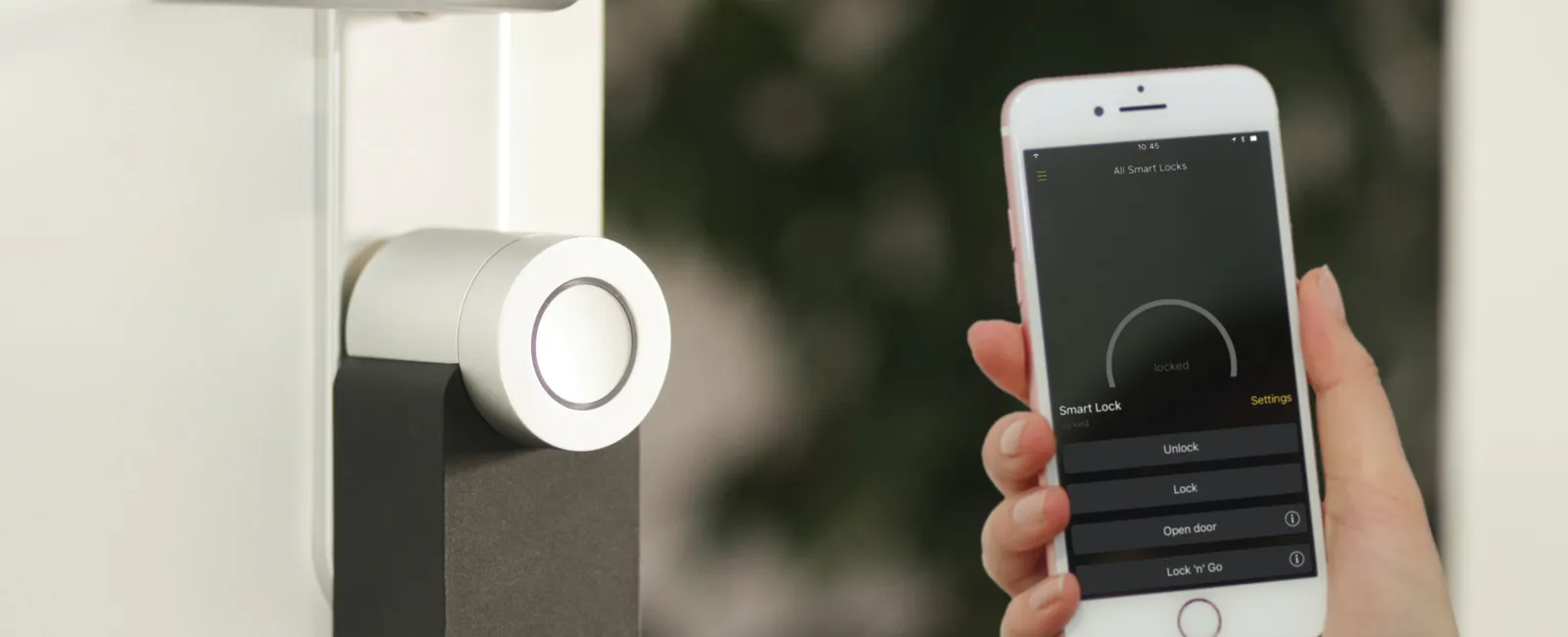Office buildings today face immense security challenges. They house hundreds of employees and visitors, valuable assets, and sensitive information. Implementing robust access control is essential to maintain order and safety in these complex environments. This requires a multilayered approach using interconnected components.
The Core Pillars of Office Access Control Systems
Access control relies on various elements working together seamlessly. The core pillars of a comprehensive system include:
Keycard Access for Basic Entry Control
Keycards provide the basic foundation of access control. These cards are individually programmed to allow entry only to authorized areas. For example, executives may access all floors while lower-level employees can only access certain departments. Doors unlock when readers scan valid keycards. This essential measure prevents unauthorized personnel from entering restricted spaces.
Biometric Scanners for Enhanced Identity Verification
Adding biometric scanners takes access control to the next level by requiring physical identity verification. These high-tech systems compel employees to undergo fingerprint, retina, or facial recognition scans. This confirms their identities beyond keycards alone. Biometrics bolster security significantly by ensuring only people with proper credentials can gain entry.
Real-Time Activity Monitoring for Rapid Threat Detection
Sophisticated access control systems feature real-time monitoring of all entry attempts, alarms, and unusual activity. Monitoring enables the instant detection of unauthorized access, tailgating, or other threats. Security teams can immediately respond to suspicious events before they escalate into crises. This is a pivotal capability for proactive threat prevention.
Remote Lockdown Capabilities for Emergency Situations
Building managers can remotely lock all access points enterprise-wide in emergency scenarios like active shooter events. This instantly secures all entry and exit points, containing threats and preventing further intrusions. The ability to lockdown remotely protects occupants until threats are neutralized. It also allows coordinated incident response by law enforcement.
Mobile Credentials for Adaptable, Convenient Access
Leading systems utilize digital credentials on employee smartphones instead of physical keycards. This provides convenience while also enabling remote access control. Managers can wirelessly grant or revoke entry privileges as needed. Mobile credentials are more adaptable and make access control response to emergencies.
Expert Guidance Takes Access Control to the Next Level
While components like keycards and biometric scanners provide strong security, the full benefits are realized through proper implementation. Companies like iS3 provide end-to-end services for comprehensive access control tailored to each organization's unique needs:
- Consultation: Security experts assess the environment, organization, and risks to develop a strategic plan with the optimal access control solution.
- Installation: Technicians seamlessly integrate keycards, biometric scanners, and monitoring systems into the facilities. Proper installation enhances reliability.
- Support & Maintenance: Ongoing support ensures systems function optimally long-term. Regular maintenance and updates also improve resilience against emerging threats.
- Upgrades & Expansion: As needs evolve, new access control components can be added. Experts handle upgrades and expansions for maximum security.
Conclusion: Access Control Is the Bedrock of Modern Workplace Security
Access control systems are indispensable for office buildings, now more than ever. Keycards, biometrics, remote locking, monitoring, and mobile credentials combine to provide multilayered protection.
Partnering with trusted experts like iS3Tech allows organizations to implement and manage systems strategically for robust, adaptable workplace security. As threats persist in the modern world, access control remains the bedrock for safeguarding employees, intellectual property, and sensitive assets.
